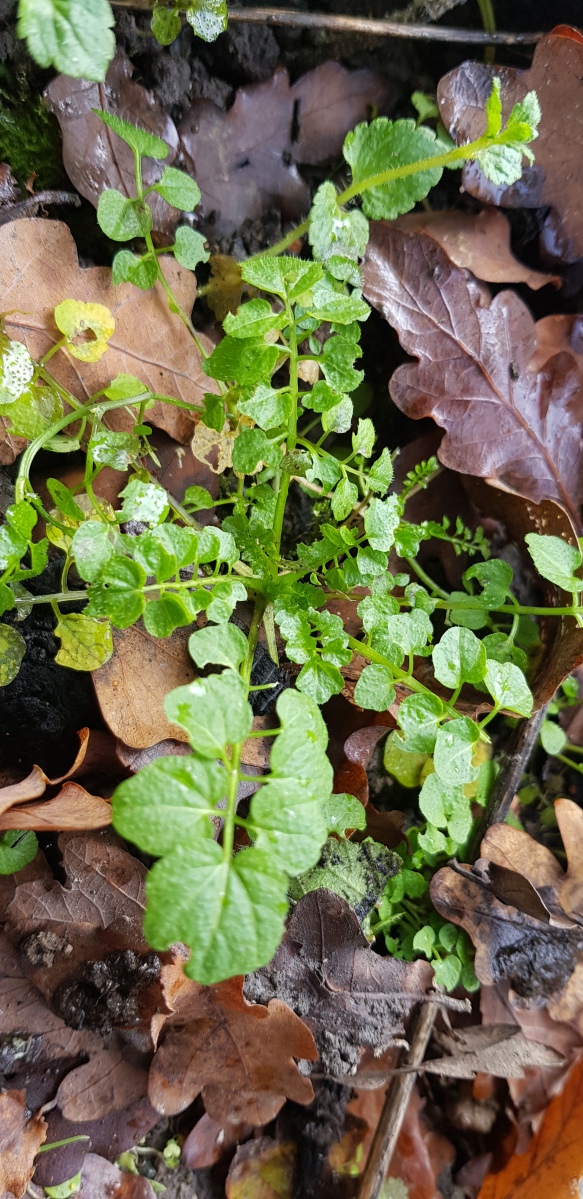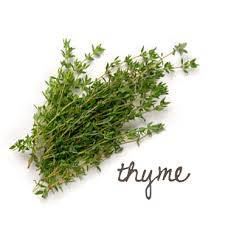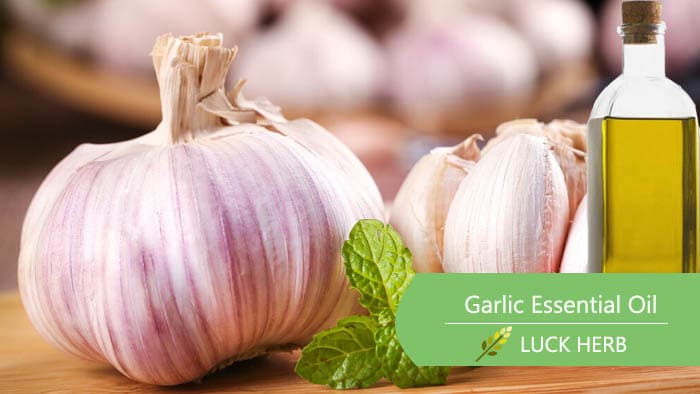Winter Solstice approaches, the ground is frozen, the temperature has plummeted yet even now in this frozen weather there are some very useful plants that make good eating and good medicine.
I suspect that everyone who has a garden (however tiny), a yard, window box or even just an outdoor plant pot will have at the very least one species of wild edible plant growing. This irrepressible little plant is the Hairy Bittercress (Cardamine hirsuta), a tenacious little plant that stays alive through the hardest frosts and even when blanketed with snow. Its easily identifiable by its small rosette of leaves close to the ground and small flower stalk with long thin seedpods sporting tiny white flowers at their tops. Its close cousin the Wavy Bittercress (Cardamine flexuosa) has slightly curvy stems that can kink in any direction and is the perhaps the easiest way to tell them apart.
Hairy Bittercress (Cardamine hirsuta)
This little plant will be very familiar to any who work their patch, most viewing it as a pesky little weed that gets everywhere. Personally, I always leave an area in my veg patch where it is allowed to proliferate between larger crops as it makes a decent ground cover of sorts and that way I am assured of a constant supply.
Both hairy and wavy bittercress make good eating and have a mild cress/rocket/watercress flavour. All parts of the plant can be eaten (leaves, stalks, seed pods, seeds, flowers, even the root!) and they provide a little kick of warm peppery spice when added to salad mixes, sandwiches (delicious with egg mayonnaise) or just as a snack whilst gardening. It makes a great substitute for basil to make a fresh pesto when whizzed up with the usual pesto ingredients. The delicate little leaves would make a nice addition to any microgreen salad or garnish too. Cooking dampens that cress like flavour somewhat but it is still nutritional and medicinal when added to soups, casseroles, stir fries and the like.
The leaves are rich in vitamin C which is a powerful antioxidant and welcome immune boost in the darker, colder months. They contain a decent amount of fibre and Beta-carotene too, along with calcium and magnesium.
Best of all, being a member of the Brassica family (think cabbage, broccoli, rocket, mustard, horseradish etc) they are also a great source of Glucosinolates. These are sulphur rich compounds found in most of the Brassica plants and are gaining favour for their potent anti-cancer properties, immune stimulation, free radical scavenging abilities. They effectively inhibit division of unhealthy cells (thereby helping to prevent cancers) and also cause the death of active cancer cells. Sulphur compounds are also excellent for lung and skin health.
I can honestly say that I have never seen a time of year when it isn’t growing. Today in my veg patch it is present in all stages of development. Some are just a basal rosette of leaves, some are actively flowering whilst some have produced seeds and are just waiting for the slightest breeze or touch so they can explode the next generation around the area. It has a 12 week life span so its unlikely you will ever be without it. A little treasure of a ‘weed’ indeed!


